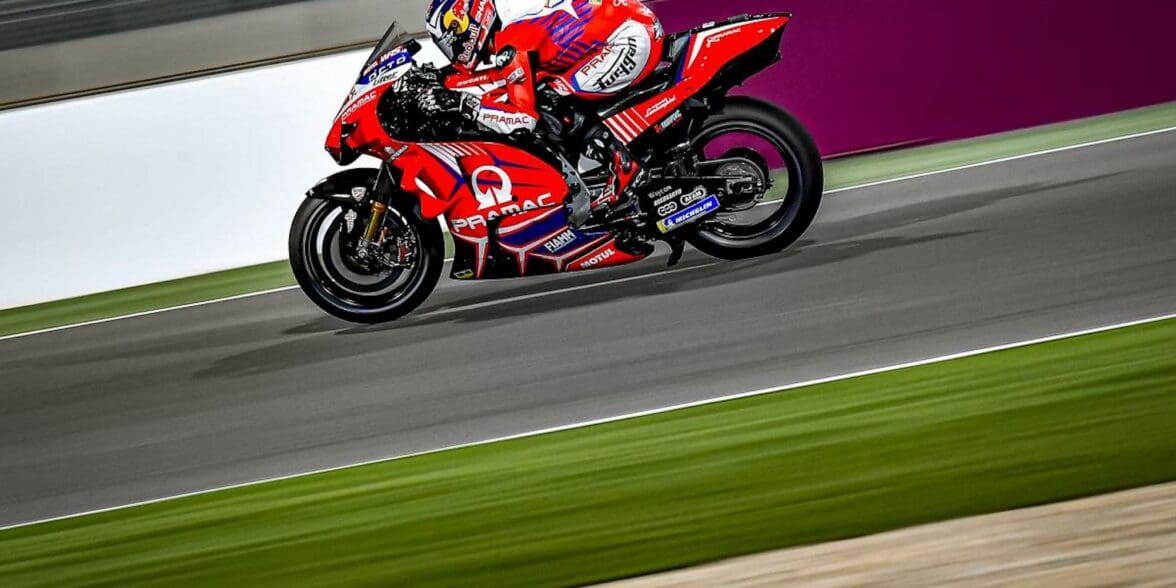An Italian multi-time world champion Grand Prix racer has spoken up on the new winglets taking MotoGP’s bikes by storm – and it’s pulled up a strong opinion on the power of MotoGP bikes.
“I do not like it,” cuts Agostini in a report from RideApart.
“The bikes go too fast and are too extreme, what are three hundred horsepower for? Half of it would be enough to have good races and then we need to stem the engineers.”
“Let’s leave the wings to the planes.”
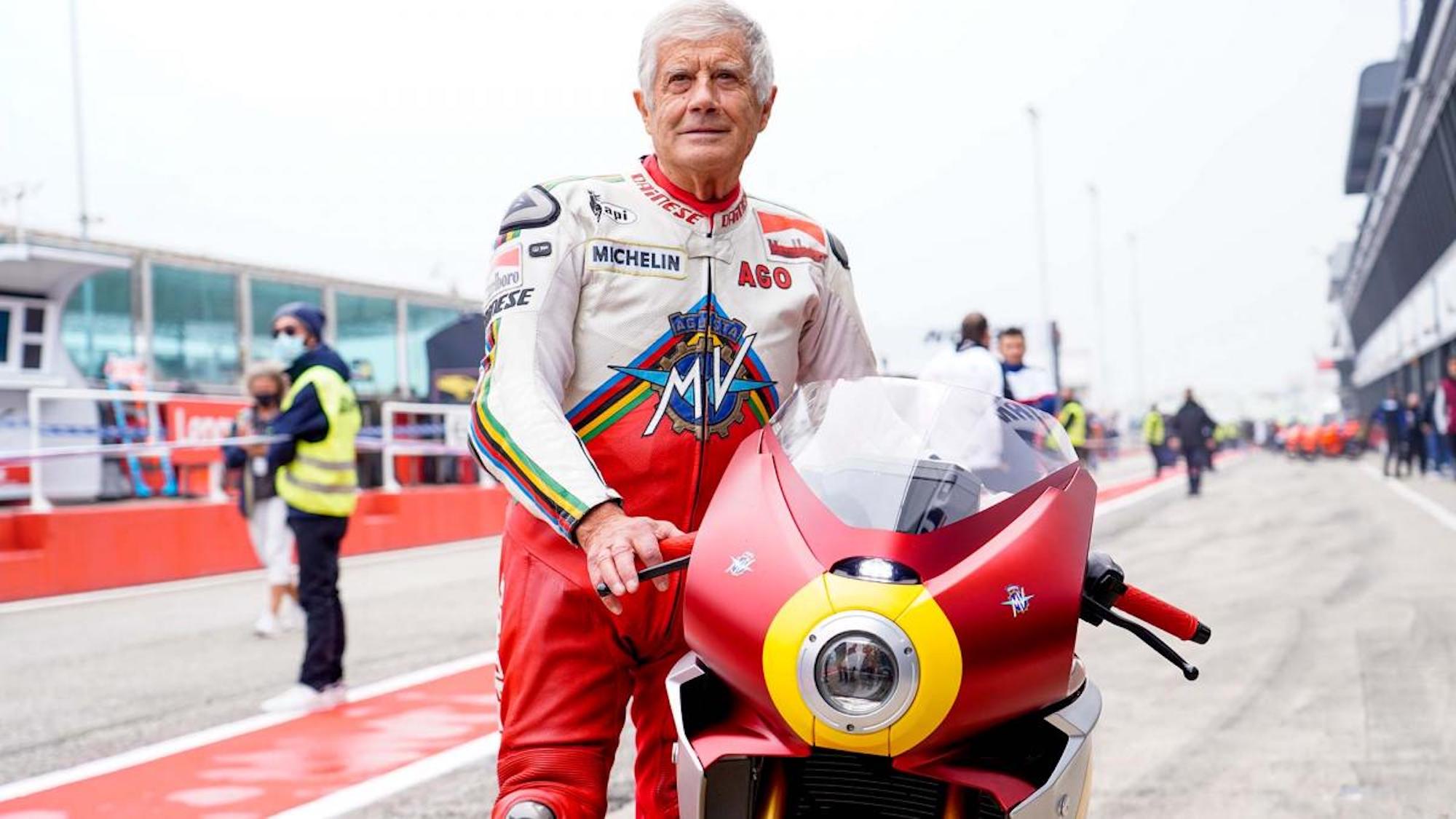
Rather than having speed be a priority for the circuit, Giacomo Agostini has put forth the concept of ‘good races’ needing priority.
Making bikes safe makes sense – and it is true that the ferocity of the GP grid has been commented on by other members of the racing industry; still, while I love a good race as much as the next rider, Agostini’s comments don’t exactly line up with what the industry’s specs show.
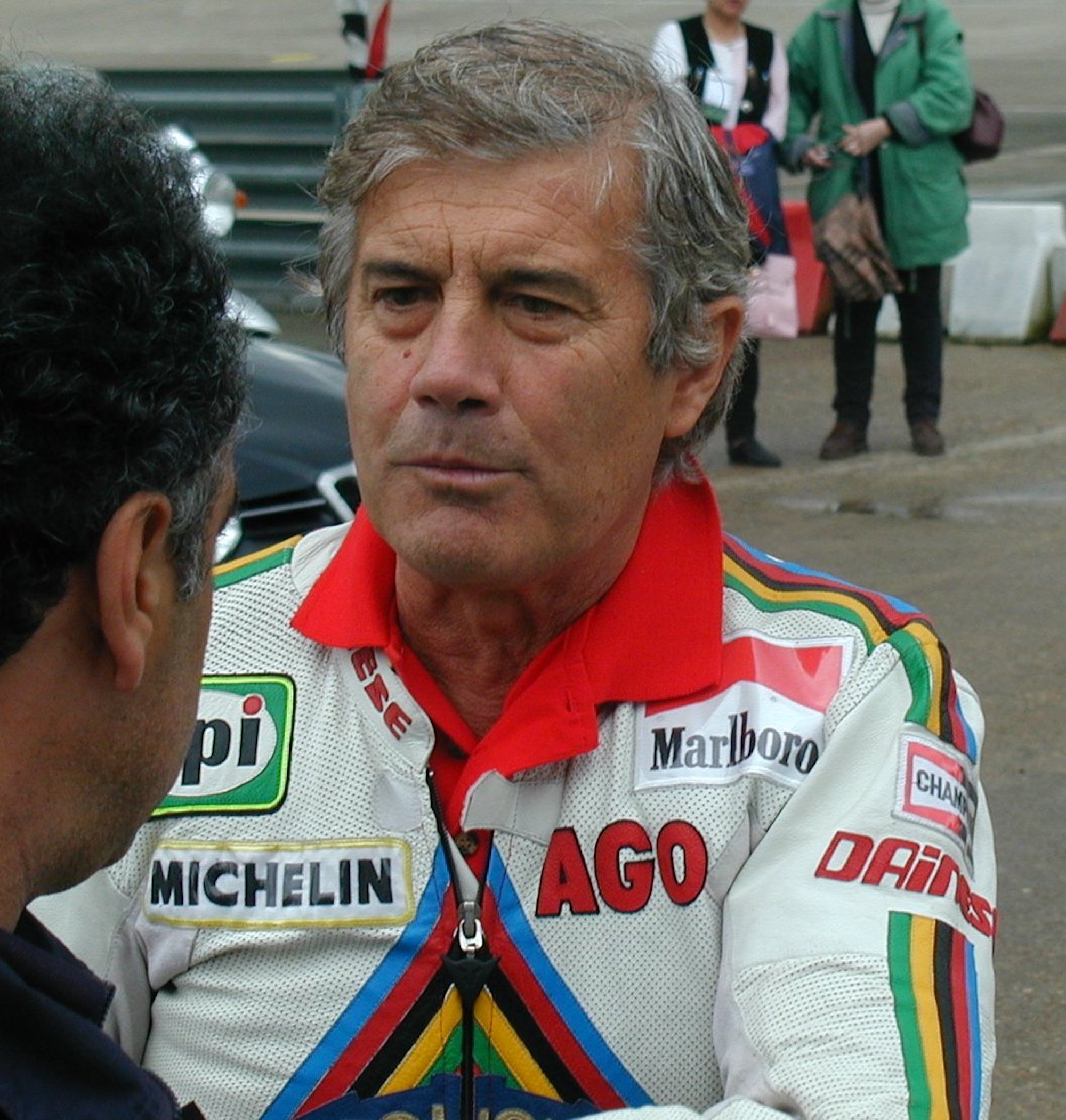
Let’s take the extreme side of MotoGP as an example; if we look at the list of fatalities that have happened on MotoGP circuits from her founding decade, the numbers per decade are as follows:
1940s
3
1950s
29
1960s
27
1970s
24
1980s
14
1990s
2
2000s
1
2010s
3
2020s
1
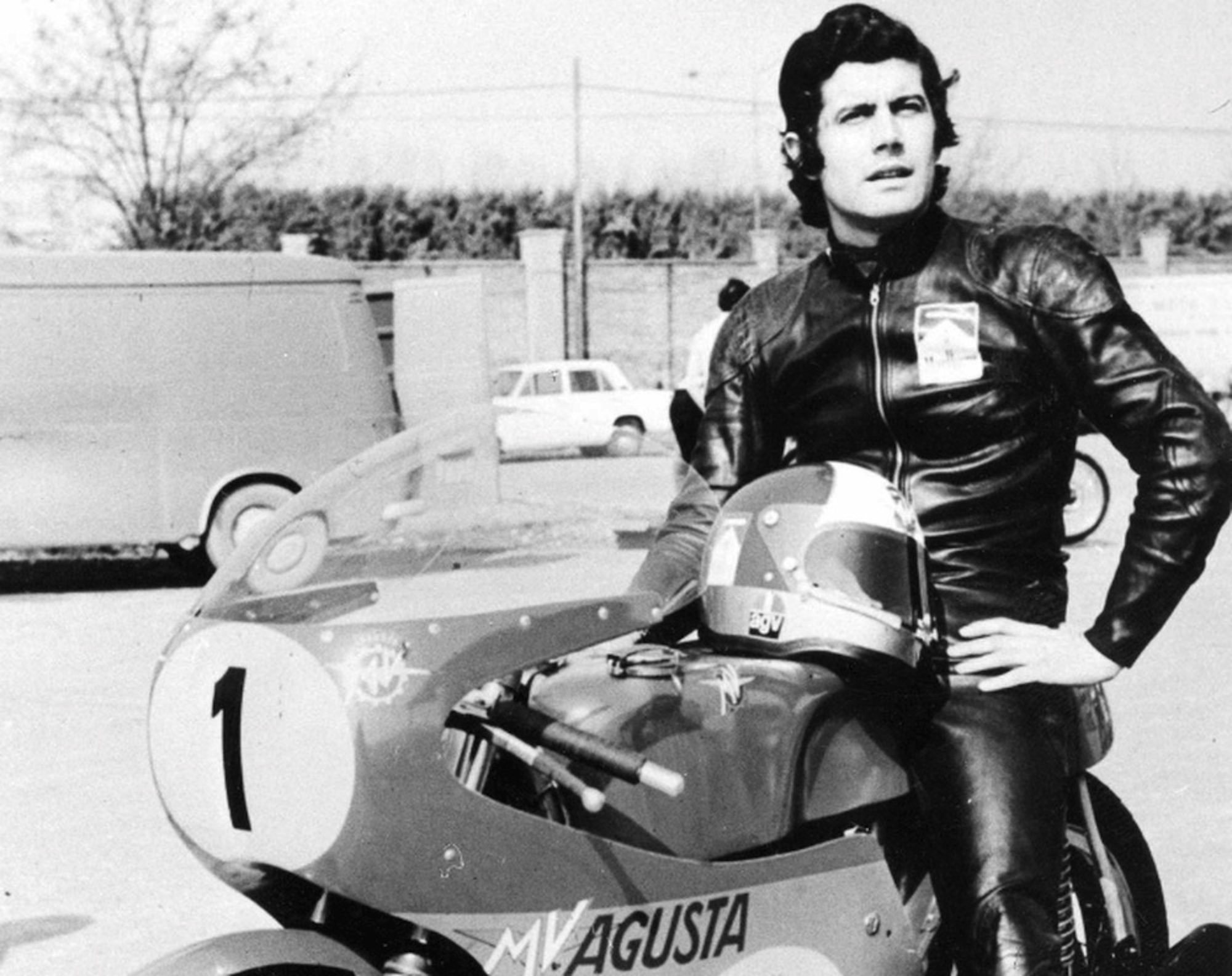


According to that same list compiled by Wikipedia, 104 riders [in total] have given their lives for their sport, with “the most recent fatal accident…in May 2021 when Jason Dupasquier was killed after a crash during qualifying at the Italian Grand Prix.”
Based on the above numbers, Giacomo’s golden years of motorcycle racing – 1963 to 1977ish – fell in the more deadly decades to aim for a MotoGP championship.
There’s no such thing as racing a danger-free motorcycle, but there IS such a thing as live-time research to improve safety on the circuit; today, our riders are better protected than ever before, arguably taking all necessary precautions to ensure their career is as prosperous and pain-free as possible.
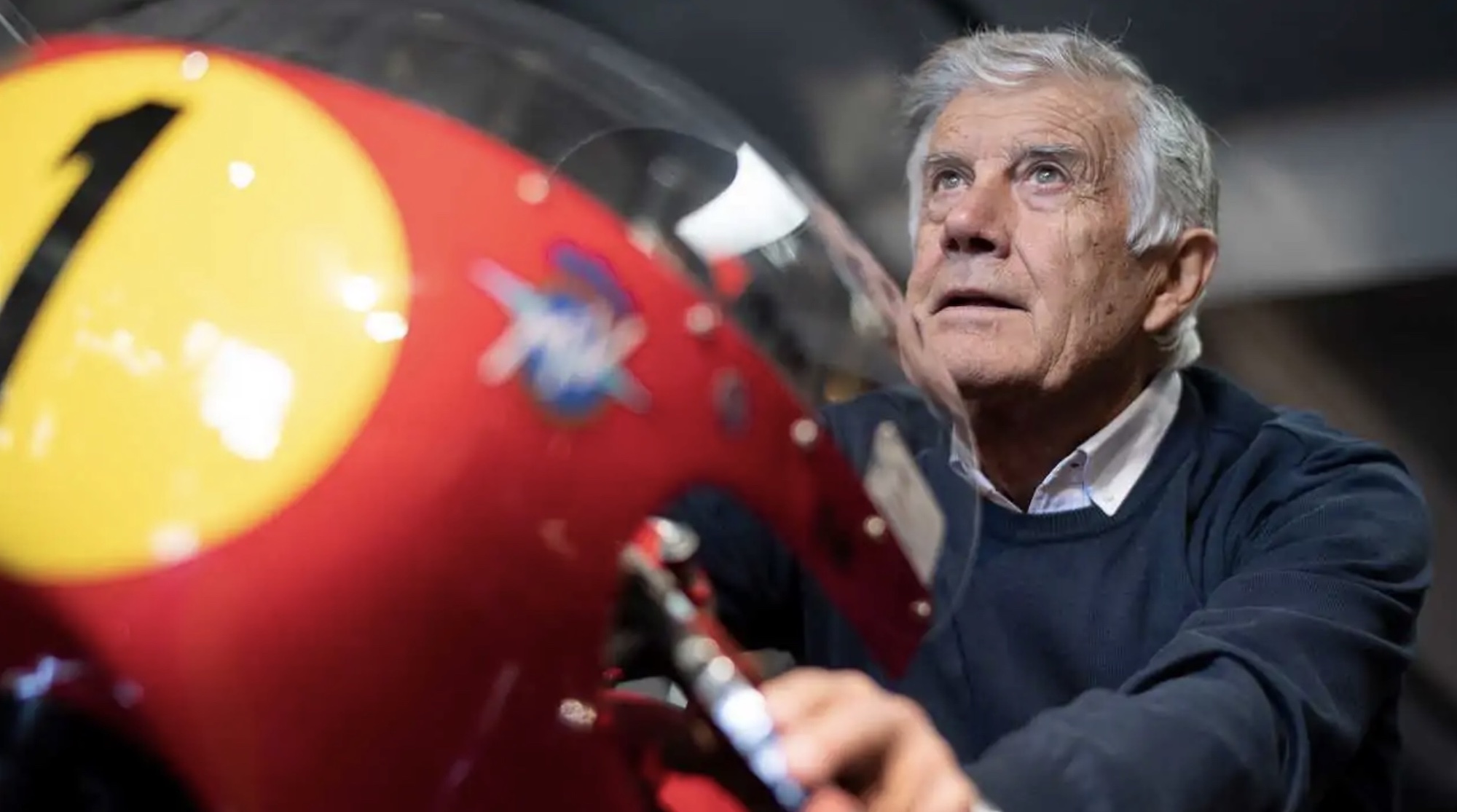


Time will see what further numbers are pulled up to add to this argument (where the age of technology fits into past decades, for instance), but for the time being, Agostini is entitled to his opinion – as are all of you.
What do you think? Should motorcycles be limited in speed or power on the MotoGP circuit?
Drop a comment down below, subscribe for further updates on everything in our good industry, and as ever – stay safe on the twisties.


